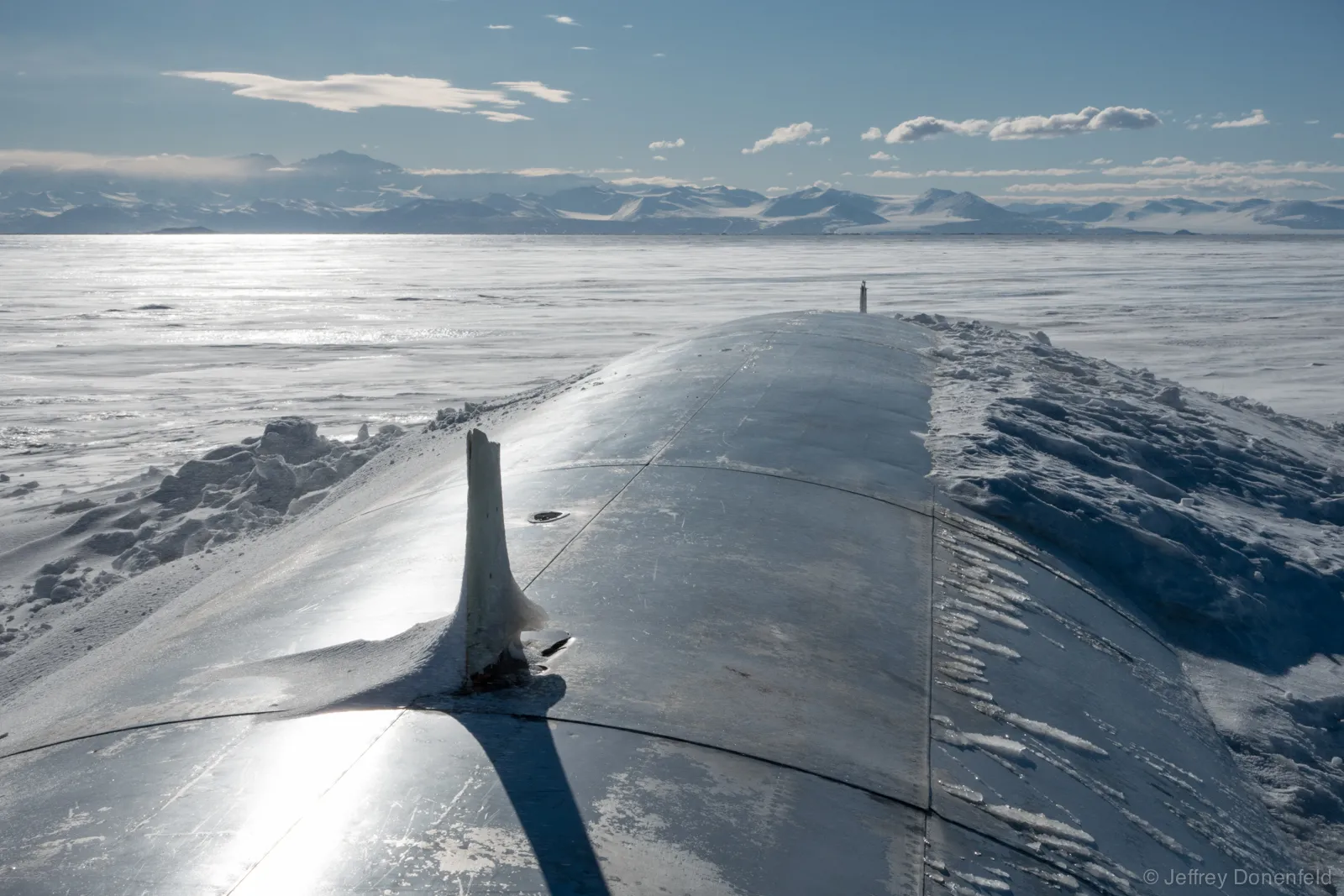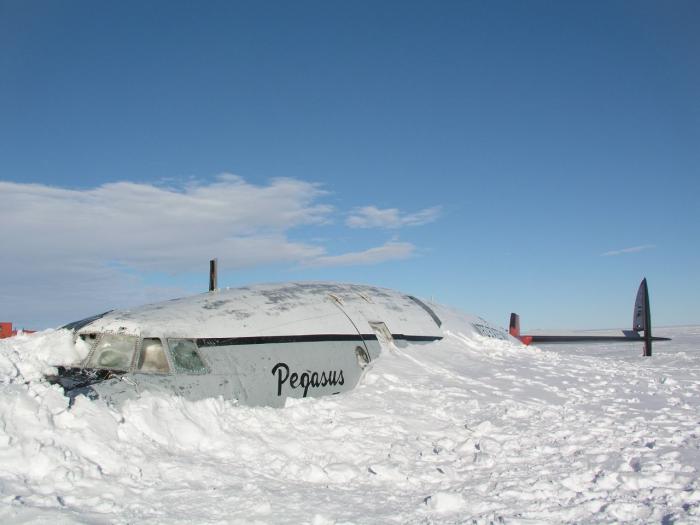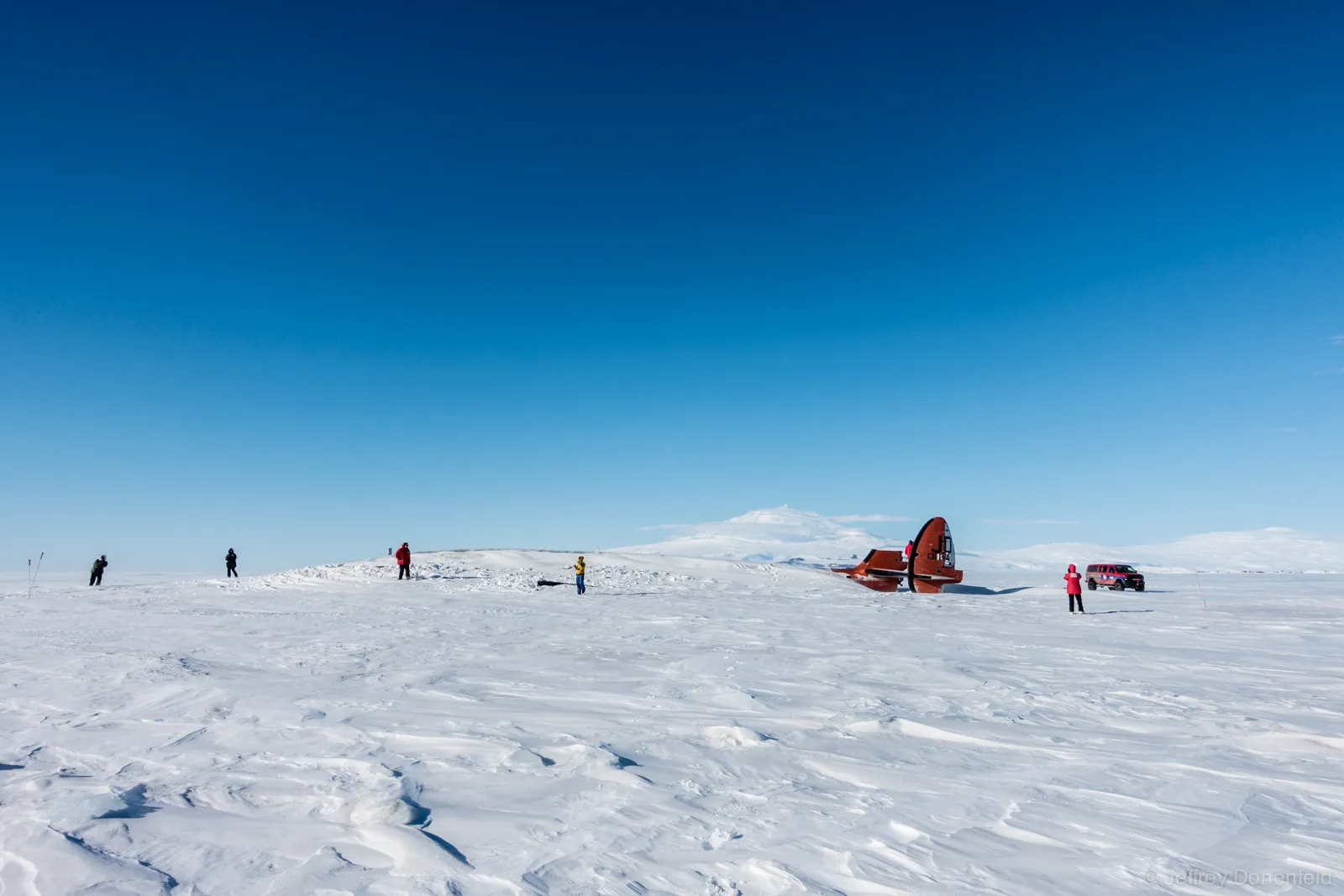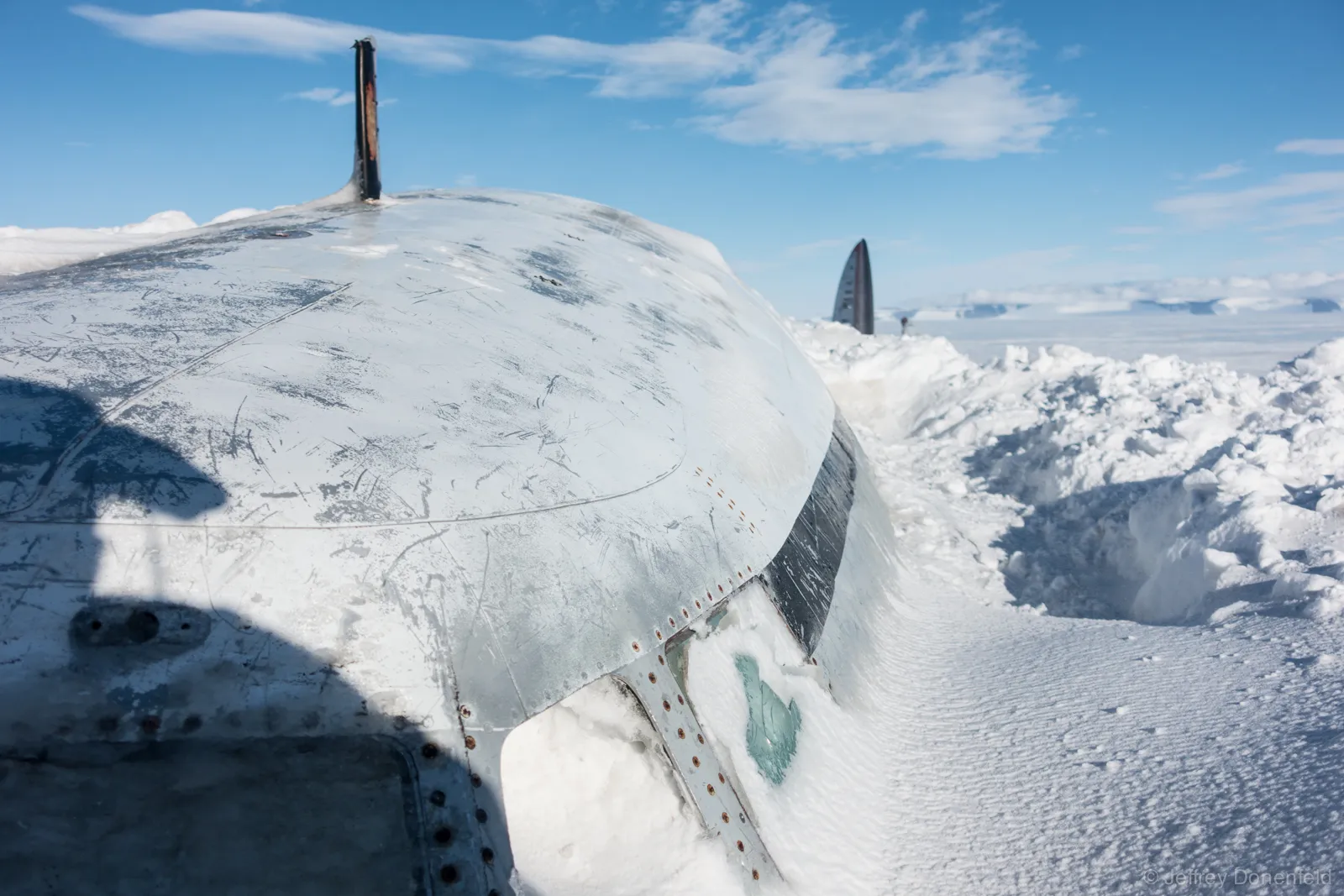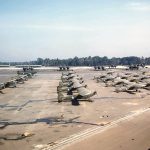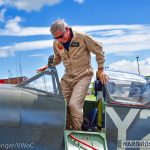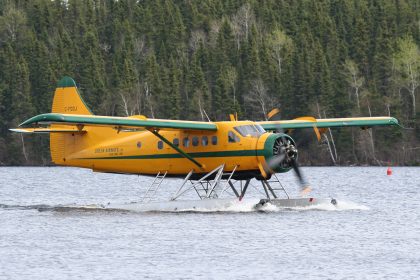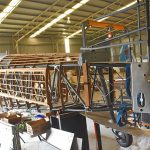On October 8, 1970, the pilots of “Pegasus,” a C-121 Lockheed Constellation, encountered a dire situation. A fierce storm battered the skies above Antarctica, but low fuel levels left the crew with no choice but to continue toward McMurdo Station rather than return to New Zealand. Initially, weather reports from Christchurch had indicated favorable conditions over McMurdo Sound. Unfortunately, these conditions deteriorated en route, and the crew found themselves unable to spot the runway upon arrival.
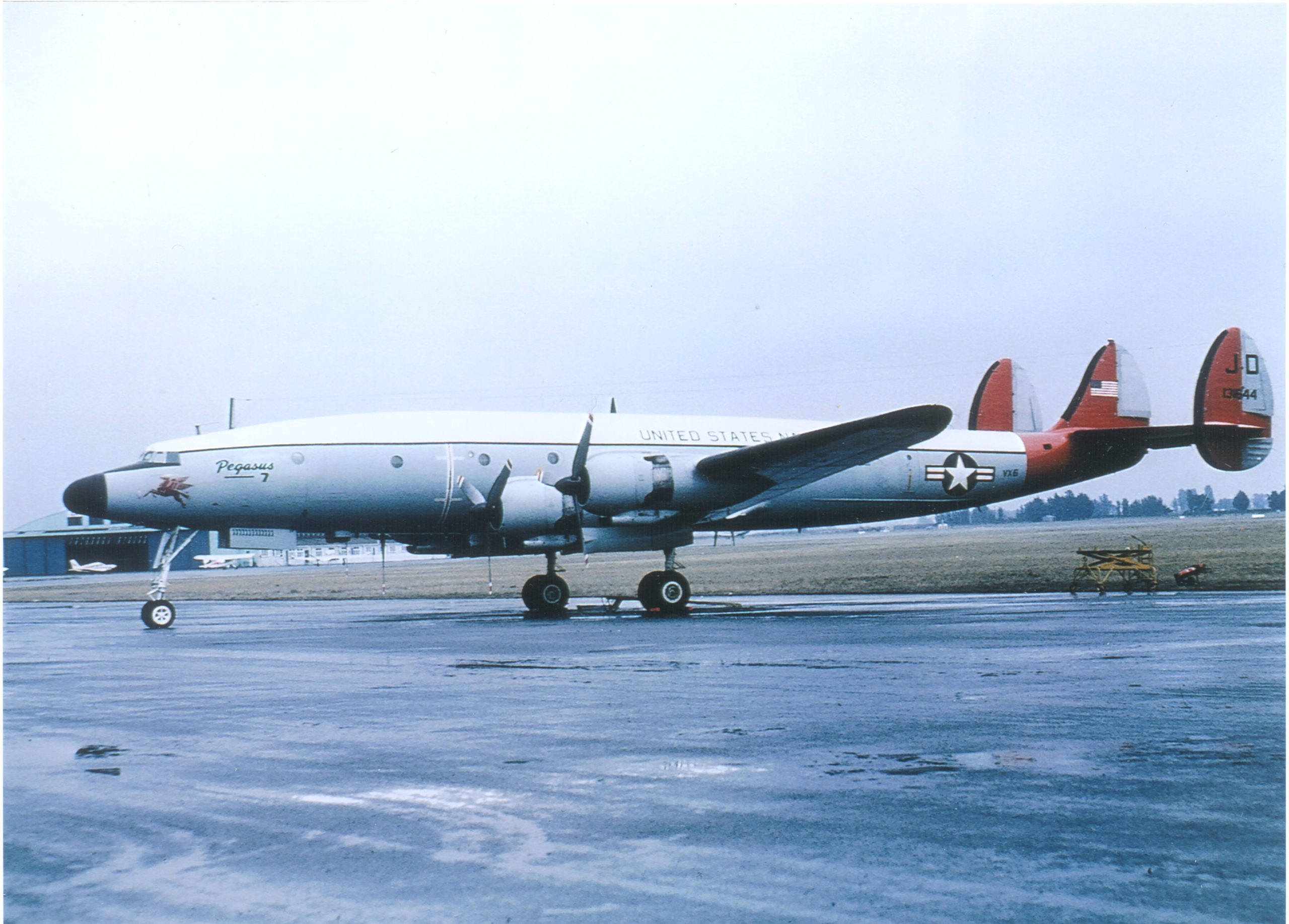
In zero visibility caused by swirling snow, the captain attempted a go-around and made a second landing attempt. Tragically, the plane’s right main gear struck a hidden snowbank, tearing off the landing gear and damaging the wing. The aircraft crash-landed, and despite the damage, all 80 passengers and crew members survived without major injuries. They were safely rescued and continued their Antarctic research, albeit shaken by the experience.
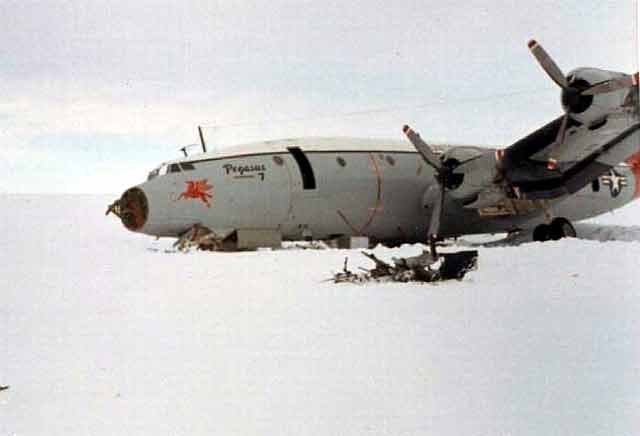
Today, the remains of the Pegasus lie in the icy landscape near McMurdo Station, the American Antarctic research outpost on Ross Island. Most of the aircraft remains under thick layers of snow and ice, but visitors often dig it out for photographs or inscribe their names on its frozen exterior. The plane, with its painted Pegasus symbol, has become a notable landmark for those venturing to this remote site. In honor of the crash, the airstrip was named Pegasus Field (ICAO: NZPG). It served as the southernmost airfield for McMurdo Station until it was closed on December 8, 2016, due to excessive melting caused by rising summer temperatures and dust from nearby Black Island. Phoenix Airfield (ICAO: NZFX) opened in February 2017 as its replacement.
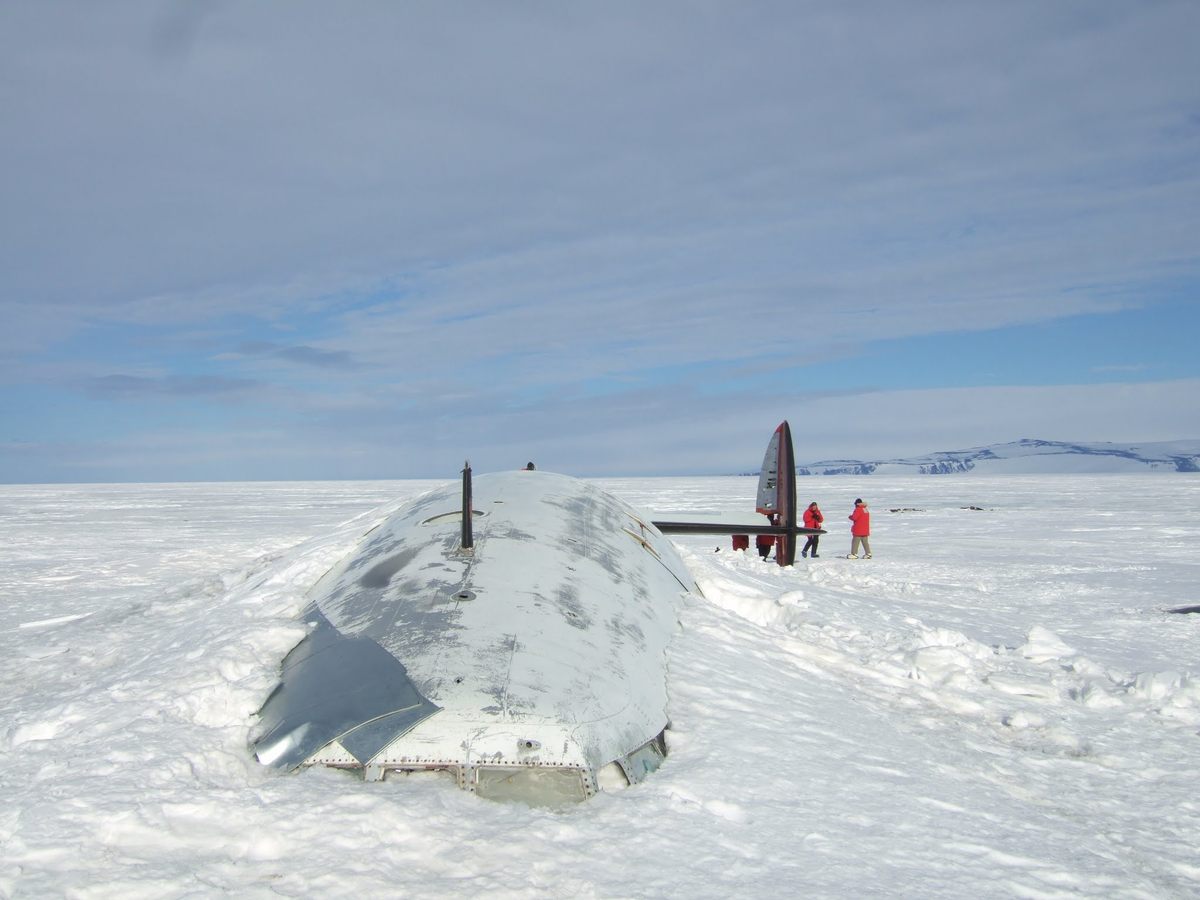
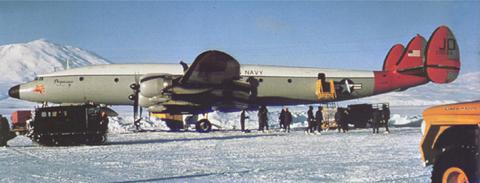
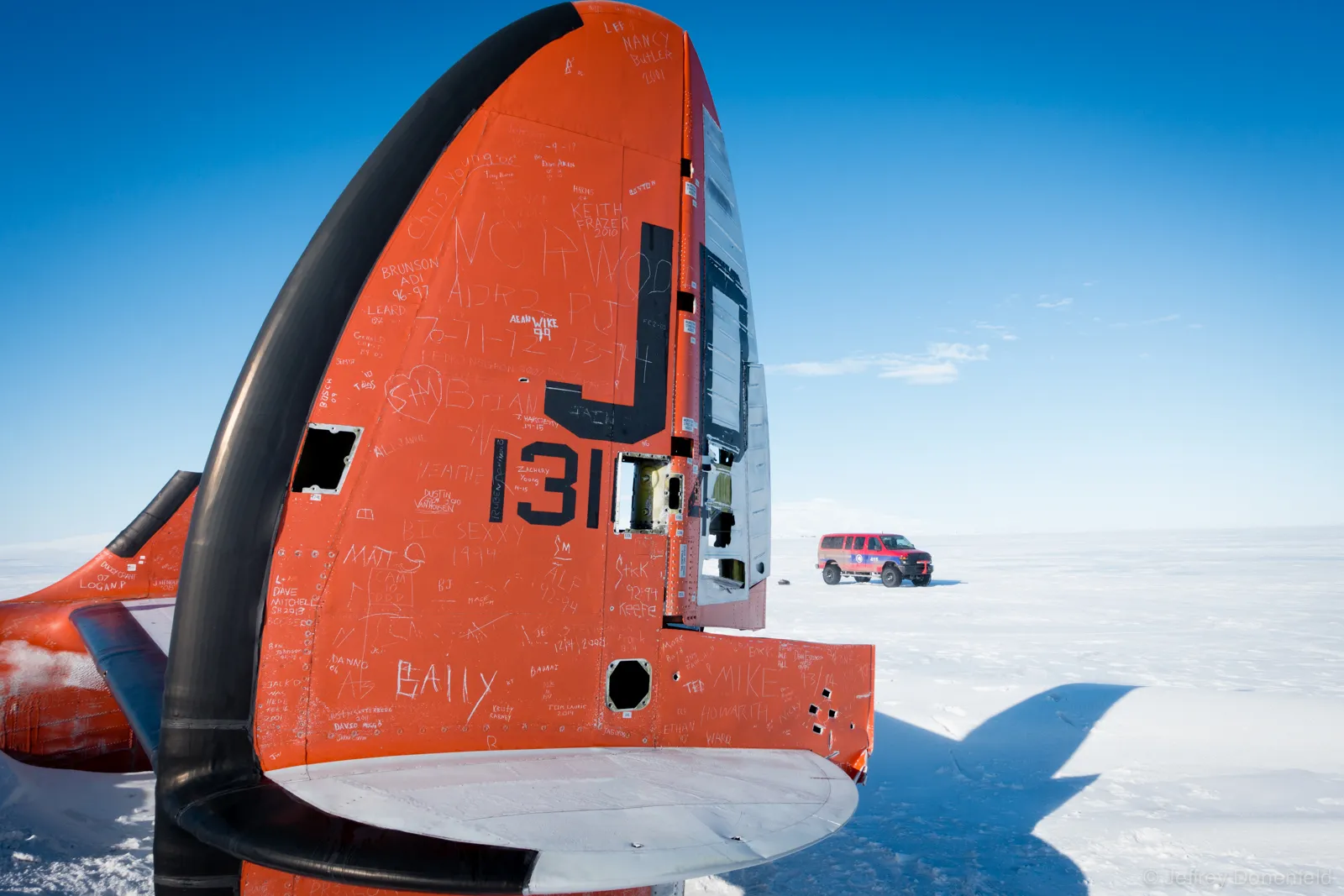
In 2014, Jeffrey Donenfeld, an Aerospace, Defense, and DeepTech business leader with a passion for adventure, visited the crash site and shared his photos with Vintage Aviation News, giving enthusiasts a glimpse into this frozen relic’s enduring legacy.
